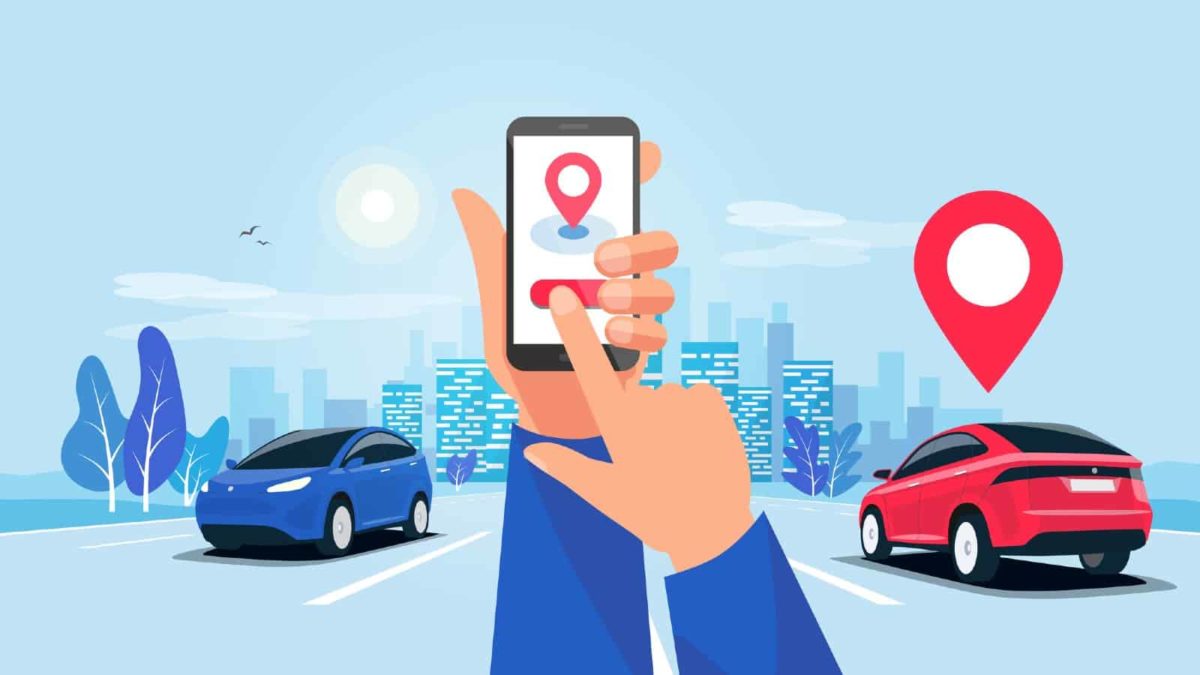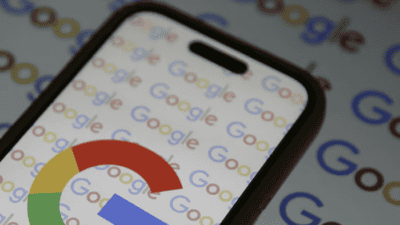This article was originally published on Fool.com. All figures quoted in US dollars unless otherwise stated.
What happened
Shares of Uber Technologies (NYSE: UBER) popped on Tuesday after the ridesharing and food delivery giant reported strong second-quarter growth metrics. As of 3:25 p.m. ET, Uber's stock price was up more than 18%.
So what
Uber's gross bookings -- essentially, the total dollar value of transactions facilitated by its platform -- rose 33% year over year to $29.1 billion. The gains were fueled by a 21% jump in monthly active platform consumers, to 122 million. People are also using Uber's network more often, which helped to drive a 24% increase in trips, to 1.87 billion.
Uber is benefiting from a recovery in demand for travel-related services. Its airport gross bookings soared 139% and constituted 15% of its total mobility gross bookings, which grew 57% to $13.4 billion. Additionally, demand for food delivery services has remained strong during the pandemic. In turn, Uber's delivery gross bookings increased 12% to $13.9 billion.
Still, Uber generated a net loss of $2.6 billion, due in part to the reduced valuations of its equity investments in self-driving vehicle start-up Aurora, Singapore-based ridesharing leader Grab, and India-based food delivery company Zomato.
However, Uber's adjusted earnings before interest, taxes, depreciation, and amortization (EBITDA) improved to $364 million from a loss of $509 million in the year-ago period. Uber also produced free cash flow for the first time, to the tune of $382 million.
"We became a free cash flow generator in Q2, as we continued to scale our asset-light platform, and we will continue to build on that momentum," Chief Financial Officer Nelson Chai said in a press release. "This marks a new phase for Uber, self-funding future growth with disciplined capital allocation, while maximizing long-term returns for shareholders."
Now what
Somewhat counterintuitively, inflation appears to be prompting more drivers to join Uber's platform. Although higher gas and vehicle prices can cut into drivers' profits, rising grocery and other living costs are leading more people to work to earn money by driving for Uber.
All told, the number of new driver sign-ups in the U.S. surged 76% compared with the prior-year period. Better still, drivers and couriers earned a combined $10.8 billion during the second quarter, which represented year-over-year growth of 37%.
This article was originally published on Fool.com. All figures quoted in US dollars unless otherwise stated.








